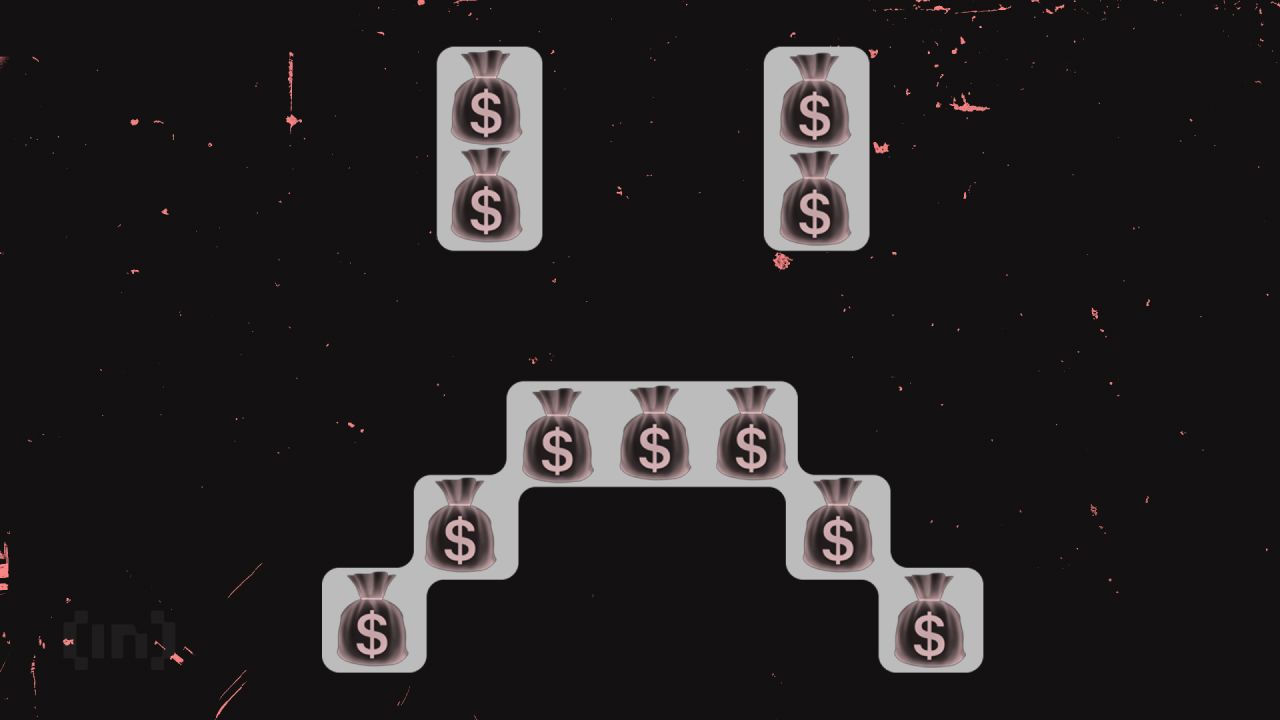NFT Licenses That “Can’t Be Evil”: Are They Good? – Fine Tech

Licenses relating to Non-Fungible Tokens (NFT) are still far from being the norm. As a result, most NFTs still do not convey sufficient or appropriate IP rights to the underlying content. Moreover, they must deal with practical difficulties inherent in NFTs. The need for licenses adapted to the NFT market is therefore obvious.
To overcome the practical difficulties and cope with these problems, publicly available NFT licensing systems have emerged. But are they good?
Over the last few years we have seen NFTs become a mainstream phenomenon. Although the hype has calmed down a bit, we can expect NFTs to be here to stay. After all, new NFT projects continue to appear seemingly every day, and the dawn of Web3 and its metaverse paves the way for many more creative opportunities and possibilities for NFTs.
Last year we reported on our NFT Self-Experiment, where we also highlighted the importance of licenses being linked to NFTs (“Tokenized copyrights: Linking an NFT to a copyright licence”). You will remember that ownership of an NFT can be used to provide significant control over the creative work associated with it, but that control is not automatic. Rather, a license is required to link the NFT with usage or exploitation rights to the attached creative work.
Now we want to come back and look at the current state as well as provide a view on the possible use of NFT licensing regimes.
Current issues and legal uncertainties
The NFT market still has to deal with significant uncertainties and legal risks. According to a recently published report by Galaxy Digital on NFT licenses1, the vast majority of NFTs convey zero intellectual property rights to the underlying content. Furthermore, it was found that there is a discrepancy between what the public thinks they are buying and what they actually buy with an NFT.
These ambiguities are further emphasized by the fact that, if licenses exist, they are often kept off-chain,2 e.g. in the terms of use on the website of an NFT creator. However, such terms of use can be changed without this being understood. Although this generally (unless otherwise agreed) does not change the license acquired by the NFT holder, it can create issues of traceability and transparency.
In addition, there may still be a lack of knowledge, understanding and predictability about which rights should be included in an NFT. What happens, for example, if an NFT creator has included extensive rights (perhaps even on-chain and thus more or less irrevocable), but these turn out to be incompatible with the actual use of the work or simply the transfer and sale of an NFT ( considering, for example, given sub-licenses or created derivatives)?
All this puts a strain on the industry and the development of NFTs.
The rise of NFT licenses that “can’t be evil”
To tackle these issues, NFT licensing systems have emerged.
Silicon Valley venture capital firm Andreessen Horowitz (aka a16z), for example, has recently proposed a new licensing regime tailored to the NFT market. It includes six types of widely applicable NFT licenses that are freely available online.
The so-called “Can’t Be Evil” (CBE)3licenses were developed by lawyers and operators who have a deep understanding of NFTs and address some of the legal uncertainties and risks that come with them.4 In accordance
a16zis the aim of their CBE licenses to “makes NFT ecosystems more trustless, providing holders with a minimum basis of standard real-world rights, thereby harmonizing real ownership with on-chain ownership.“5 Following the example of Creative Commons6, they provide a set of simple, standardized licenses with each type having slightly different permissions and requirements. The CBE licenses range from a comprehensive license that grants exclusive commercial rights to the NFT owner (CBE-ECR) to the grant of personal, non-commercial rights (CBE-PR) to a license that dedicates the copyright to the public domain (CBE-CC0 ).
NFT creators can include a reference to their preferred CBE license directly in their on-chain smart contracts. With this, the CBE license is attached to the respective NFT and you can follow which rights are and are not linked to the NFT or the work linked to it.7
Prospectus and conclusions
NFT licensing systems address legal issues and uncertainties that come with NFTs and their associated work. They can lay a solid foundation for a coherent and professional NFT licensing regime. But are such systems a definitive solution? When widely accepted and applied, standardized licensing frameworks have the potential to remove ownership ambiguity, minimize confusion about underlying rights, strengthen the enforceability of rights, and thus perhaps avoid future legal problems and spare creators some of the burden (and expense) of creating their own licensing regimes.
However, there are some limitations to standardized licenses:
Practice shows that there is no such thing as an ultimate license that can be used for many different projects (in the online and offline world). Licenses mostly ask to be tailored to the individual’s needs and intentions.
For example, CBE licenses are limited to copyright only. Furthermore, the CBE licensing system is adapted to US law. Even
a16z acknowledges that”notwithstanding the alternatives, these licenses[c]it will not be right for every project and that the licensing needs of projects will change as rapid innovation relentlessly drives the space in new directions.”
However, publicly available NFT licensing systems definitely provide a useful foundation and framework when drafting NFT licenses, and as a16z states, will put “a starting point to foster a trustless NFT licensing ecosystem and encourage greater standardization as the space grows.“
Footnotes
1. Thorn/Marcantonio/ParkerA Study of NFT Licenses: Facts & Fictions, available here (status: 23.09.2022).
Galaxy Digital surveyed the current top 25 most valuable NFT projects. The report was published at the end of August 2022.
2. “off-chain” refers to being outside the blockchain/not stored on a blockchain. Information provided “off-chain” can generally be changed freely.
NFTs and their metadata are stored on the blockchain (hence “on-chain”). “On-chain” information generally cannot be changed (at least not without being traceable).
3. a16z explains the “Can’t Be Evil” branding as a “riff-off” of Google’s original “Don’t be evil” mantra, but changed the name to reflect the perceived immutability of blockchains: “[CBE] is a leading principle in web3 […] which arises from a new computational paradigm: blockchains are computers that can make strong commitments and are not controlled by humans. In other words, blockchains enable a new “trustless” version of the internet where users don’t need to trust each other or rely on centralized services and companies to transact.“
4. Jennings/DixonThe Can’t Be Evil NFT licenses, available here.
You can find the guidelines or terms and conditions here (status: 23.09.2022).
5. Jennings/DixonThe Can’t Be Evil NFT licenses, available here.
6. Of course, there are significant differences between Creative Commons (CC) licenses and NFT licenses like CBE, starting with their addresses: CC licenses are between a creator and the public. CC licenses provide a general license to the public and anyone can use the work according to the chosen license. However, NFT licenses are between the creator of an NFT and the respective NFT holder.
7. CBE licenses have been distributed on Arweave (a decentralized storage system) which ensures that they are stored in a public way that is also permanent and immutable.
The CantBeEvil.sol contract exposes the getLicenseURI() and getLicenseName() functions of the NFT smart contract which, when called, allow anyone to see which creative license applies to the NFT.
The content of this article is intended to provide a general guide to the subject. You should seek specialist advice about your specific circumstances.
























